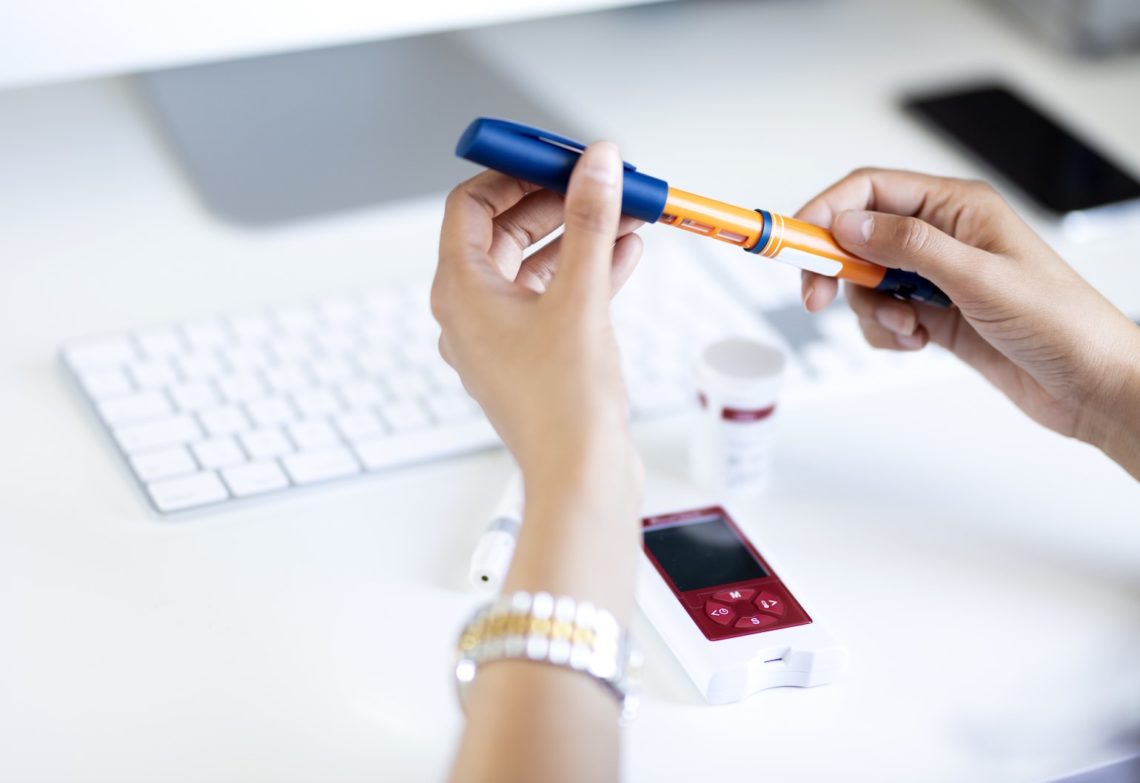People with diabetes use insulin to manage how much sugar their body absorbs, but run the risk of blood sugars dropping dangerously low. Biomedical engineers in the US are working on a solution.
Insulin is usually produced by the pancreas to regulate glucose levels, but people with diabetes are either unable to produce this important hormone, or unable to efficiently use their body’s insulin to keep their blood sugars at safe levels.
Around 1.2 million Australians have diabetes, and another two million are at risk of developing the disease. Globally, diabetes affects about 400 million people.
In some cases — for Type 2 diabetes — the disease can be controlled through diet alone. But a lot of patients rely on a regular dose of insulin to keep their blood sugars under control. Patients regularly test their blood sugars and work out how much insulin they need, but if they over-calculate a dose, it can cause their blood sugars to plummet.
This is known as hypoglycemia, or a ‘hypo’, and unless blood sugars can be quickly normalised it can lead to seizures, a coma, or death.
A team of researchers at University of California, Los Angeles (UCLA) have developed a new kind of insulin which could reduce the risk of hypos.
According to bioengineer Professor Zhen Gu, who led the research, their creation, called i-insulin, acts like a smart key, only allowing enough glucose to enter a patient’s cells to bring their blood sugars to normal levels.
Lock and key
Insulin works by ‘unlocking’ the ability of cells to absorb glucose from the bloodstream, controlling how much is stored and used as energy. It does this by attaching to the cell’s surface and activating a protein known as a glucose transporter. This protein then draws glucose from the bloodstream into the cell, lowering blood sugar levels.
Gu’s research study, published in the Proceedings of the National Academy of Sciences in April, describes how the researchers made their smart insulin ‘glucose-responsive’ by adding a glucose inhibitor molecule.
“The insulin lets glucose get into the cell, but the added inhibitor molecule prevents too much from going in when blood sugar is normal. This keeps blood sugar at normal levels and reduces the risk of hypoglycemia,” Gu explained in a university statement.
As well as preventing hypos, the researchers said i-insulin could also rapidly correct high blood sugars, for example, after a meal.
“When glucose levels climb, the insulin level in the bloodstream also quickly increases, which helps normalise the glucose level,” said researcher Jinqiang Wang.
The researchers tested i-insulin on mice with Type 1 diabetes, and reported that one injection kept glucose within normal levels for up to 10 hours, which could be further extended with a second dose.
Gu said there was also potential to develop other delivery methods, such as pills or skin patches. Researchers could also improve i-insulin’s responsiveness and time between doses, he added.
Before deciding whether to move on to human clinical trials, Gu and his team will conduct more experiments to see how i-insulin performs in the long term. But they have already patented the technology, and are enthusiastic about what it could mean for diabetes patients — describing it as having potential to be “one of the most exciting advances in diabetes care.”



